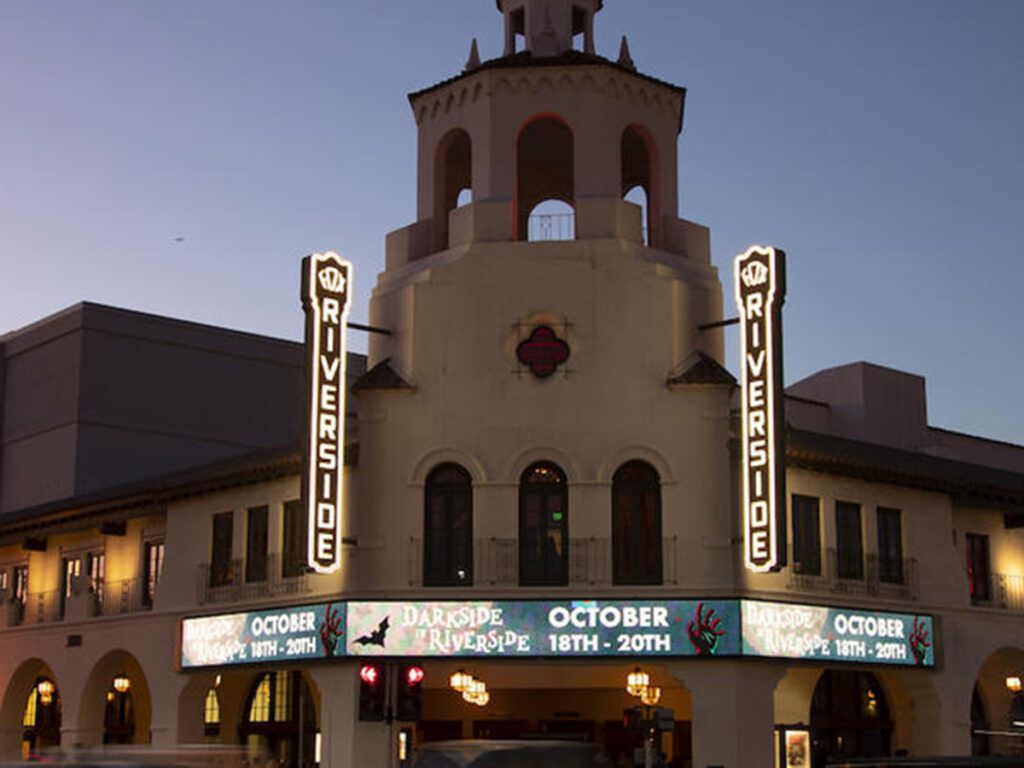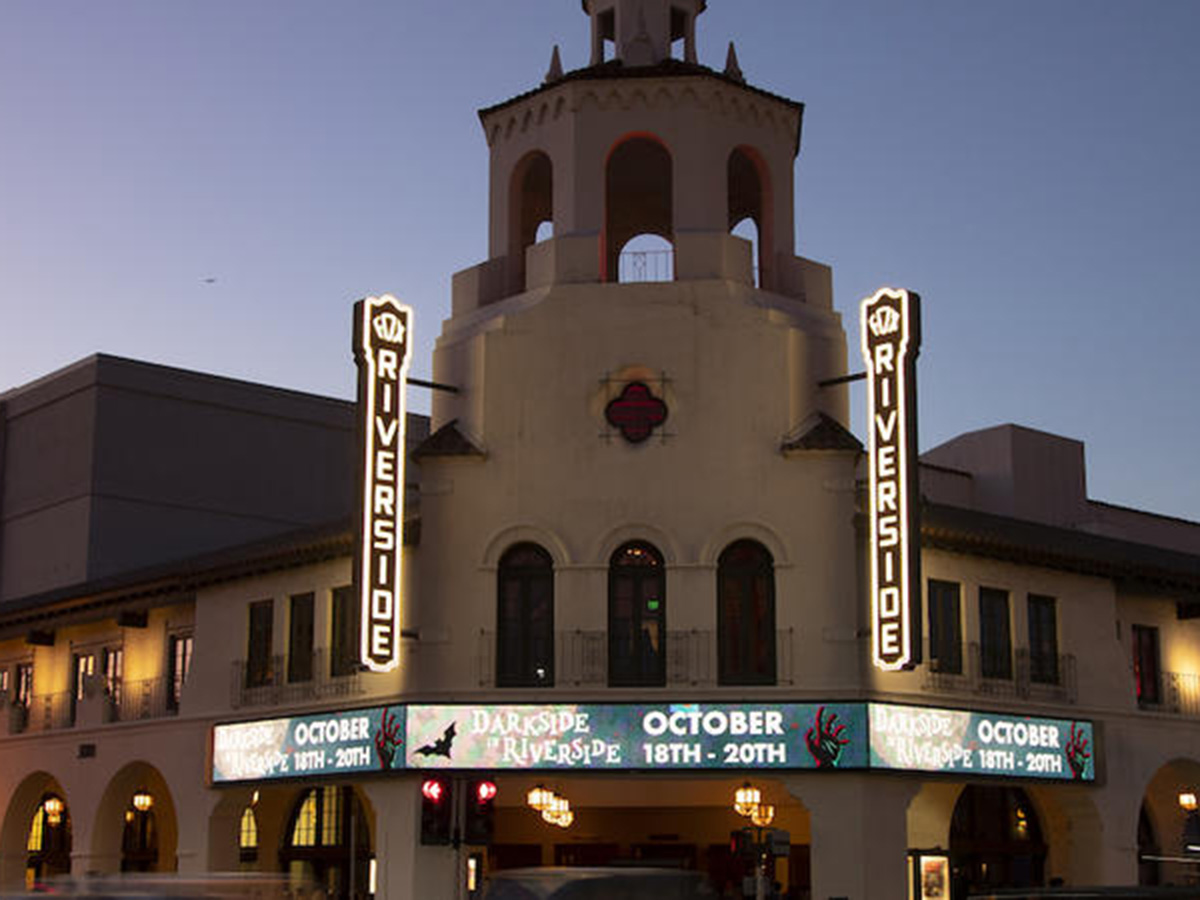
(UCR/Stan Lim)
Movie theater owners everywhere mourned as they realized their business model was incompatible with the pandemic, forcing them to close down for what was close to a year and a half. People adapted to the circumstances by watching newly-released films on streaming services such as Netflix, Hulu and Disney+, a practical way of enjoying new releases while also staying safe. Without movie theaters, these entertainment giants have found new ways to turn a profit through streaming, with one of the most recent being charging premiums to view new releases early. Streaming services have proven they can still make money on new releases without including movie theaters in the equation. Movie theaters could become a relic of the past.
It’s important to first dispel the common misconception that theaters exist solely to watch movies. A similar misconception can be found for those who think restaurants exist only for people to go eat. In reality, people go to restaurants for the experience! It’s nice to dress up with friends and family and to sit down and have someone wait on you while engaging in pleasant conversation. Restaurants are simple and enjoyable. The same goes for movie theaters, where it’s the experience that draws people in and has them coming back time and time again.
Theaters allow moviegoers to give themselves over to the viewing experience wholeheartedly. In our daily lives, we pepper our tasks with frequent phone breaks and never immerse ourselves fully in whatever we’re doing. In contrast, movie theaters ask that you silence and put away your phone for the duration of the film, and fellow moviegoers are quick to enforce that rule because they don’t want your phone messing up their viewing experience. In the movie theater, you can’t pause the movie once the film starts rolling, and if you insist on leaving to use the bathroom, you run the risk of missing the best part! The dimmed lights, wall-sized screen and reverberating speakers allow you to put your thoughts on hold and immerse yourself in the story.
People jabbering excitedly as they leave the theater, friends buying extra-large popcorn to share and kids running around enacting scenes they just saw are all part of what makes the movie theater experience stand out — all of which you witness before you’ve even stepped into your showing. The buzz of excitement in a packed theater is tangible, and hearing the crowd laugh and gasp as they learn the story alongside you is a comforting feeling. You can go with friends, family or even by yourself. But you know that while you sit in that room, everyone else watching is on the same page. You will all leave with similar feelings of elation, grief, contentment or inspiration.
During the pandemic, the health threat behind enjoying communal experiences was a real thing. It made sense for movie theaters to shut down and people to social distance for a time. However, in the U.S., COVID vaccines have been made widely available to most sectors of the adult population. The growing comfort people have in beginning to share spaces is reflected in box office ticket sales, with films such as “Shang-Chi and the Legend of the Ten Rings” and “Venom: Let there be Carnage” grossing big numbers on their opening weekends.
People love stories, but what they love more is the experience of being immersed in a story which can only happen in a theatre. Long before the pandemic, people asked if live action Broadway productions would cease to exist with the advent of film. Today in 2021, people still spend up to hundreds of dollars to go watch and listen to their favorite Broadway shows performed live. Movie theaters are an extension of the very human inclination we have to gather together and be entertained. It’s the reason people go to sports events, concerts, comedy shows, meet and greets and more. Technology has certainly stretched the limits of where we can absorb all this content without ever leaving our homes, but technology has not reached the point where we can be fully immersed into the stories unfolding in front of us. Maybe that’s where the future’s heading with virtual reality goggles and sensory suits, but until then, I’ll see you guys at the movies.








